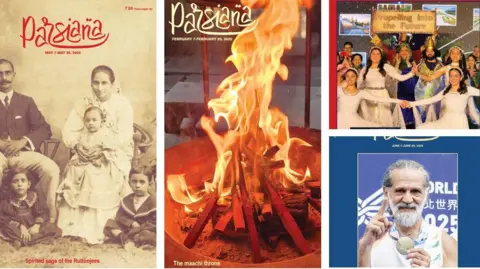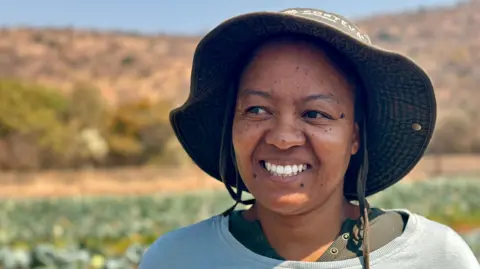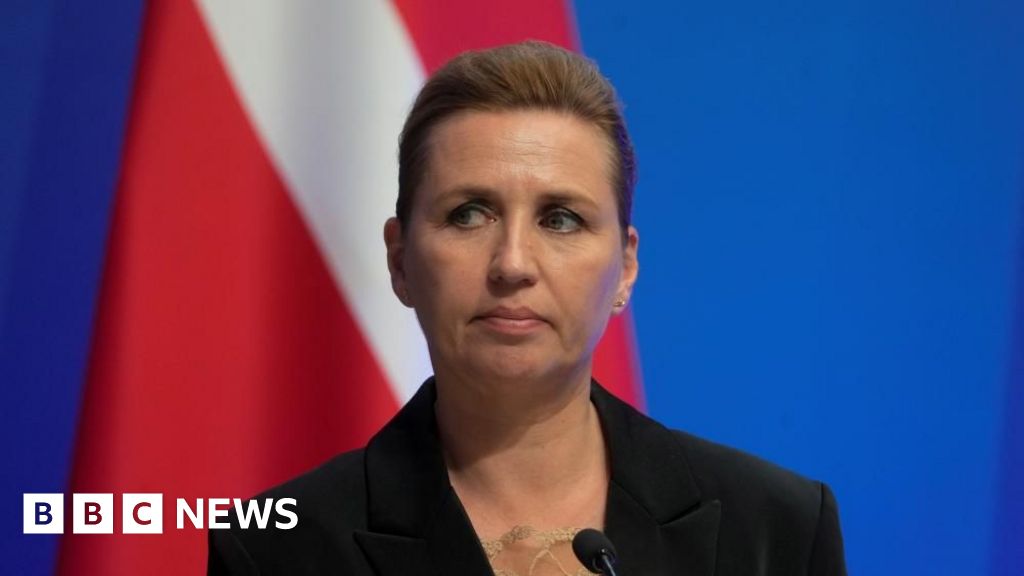In bustling Mumbai, delivery driver Vineet Sawant recalls the stress of navigating his job with a limited grasp of English. With Marathi as his primary language, he faced challenges understanding delivery instructions, until Zepto, his employer, partnered with Reverie Language Technologies. This collaboration introduced an AI translation service that allows drivers to select from six regional languages in the Zepto app. "I don't have to guess anymore," Mr. Sawant reflects, now receiving vital customer instructions in Marathi directly.
India's linguistic diversity is immense, boasting 22 official languages and numerous dialects. As Professor Pushpak Bhattacharyya from IIT Mumbai highlights, the digital divide can exclude millions without effective tech that accommodates these languages, particularly impacting sectors like education, healthcare, and governance. The advent of generative AI models like ChatGPT has further amplified the need for accessible language technology.
However, the challenge of creating Indian language models lies in the availability of refined datasets. While more commonly spoken languages have adequate data, lesser-known dialects lack the necessary digital resources to develop effective AI systems. Vivekananda Pani, co-founder of Reverie Language Technologies, expresses concern that during this technological advancement, rare dialects might inadvertently become diminished.
In response, the Bhashini initiative was launched as a government project to foster the development of quality datasets for training AI. Since its inception, Bhashini has created 350 AI language models capable of processing over a billion tasks, servicing more than 50 government departments and 25 state governments. Amitabh Nag, CEO of Digital India’s Bhashini Division, underscores the initiative's mission to ensure representation of India's cultural and linguistic diversity by crafting localized AI models rather than relying on global platforms.
Meanwhile, researchers like Kshitij Jadhav at IIT Mumbai are applying AI to address public health issues, such as helping smokers quit by providing personalized guidance. With a goal to deliver this service in 22 languages, the project aims to bridge the communication gap in healthcare, catering to a multilingual populace.
Back on the streets, Vineet Sawant proudly notes that he has tripled his daily deliveries, crediting the translation tool in his app for enhancing efficiency and fostering a sense of belonging among workers like him. "When the app speaks our language, we feel more confident, and we work better," he states, emphasizing the transformative power of inclusive tech in the workplace.
India's linguistic diversity is immense, boasting 22 official languages and numerous dialects. As Professor Pushpak Bhattacharyya from IIT Mumbai highlights, the digital divide can exclude millions without effective tech that accommodates these languages, particularly impacting sectors like education, healthcare, and governance. The advent of generative AI models like ChatGPT has further amplified the need for accessible language technology.
However, the challenge of creating Indian language models lies in the availability of refined datasets. While more commonly spoken languages have adequate data, lesser-known dialects lack the necessary digital resources to develop effective AI systems. Vivekananda Pani, co-founder of Reverie Language Technologies, expresses concern that during this technological advancement, rare dialects might inadvertently become diminished.
In response, the Bhashini initiative was launched as a government project to foster the development of quality datasets for training AI. Since its inception, Bhashini has created 350 AI language models capable of processing over a billion tasks, servicing more than 50 government departments and 25 state governments. Amitabh Nag, CEO of Digital India’s Bhashini Division, underscores the initiative's mission to ensure representation of India's cultural and linguistic diversity by crafting localized AI models rather than relying on global platforms.
Meanwhile, researchers like Kshitij Jadhav at IIT Mumbai are applying AI to address public health issues, such as helping smokers quit by providing personalized guidance. With a goal to deliver this service in 22 languages, the project aims to bridge the communication gap in healthcare, catering to a multilingual populace.
Back on the streets, Vineet Sawant proudly notes that he has tripled his daily deliveries, crediting the translation tool in his app for enhancing efficiency and fostering a sense of belonging among workers like him. "When the app speaks our language, we feel more confident, and we work better," he states, emphasizing the transformative power of inclusive tech in the workplace.




















